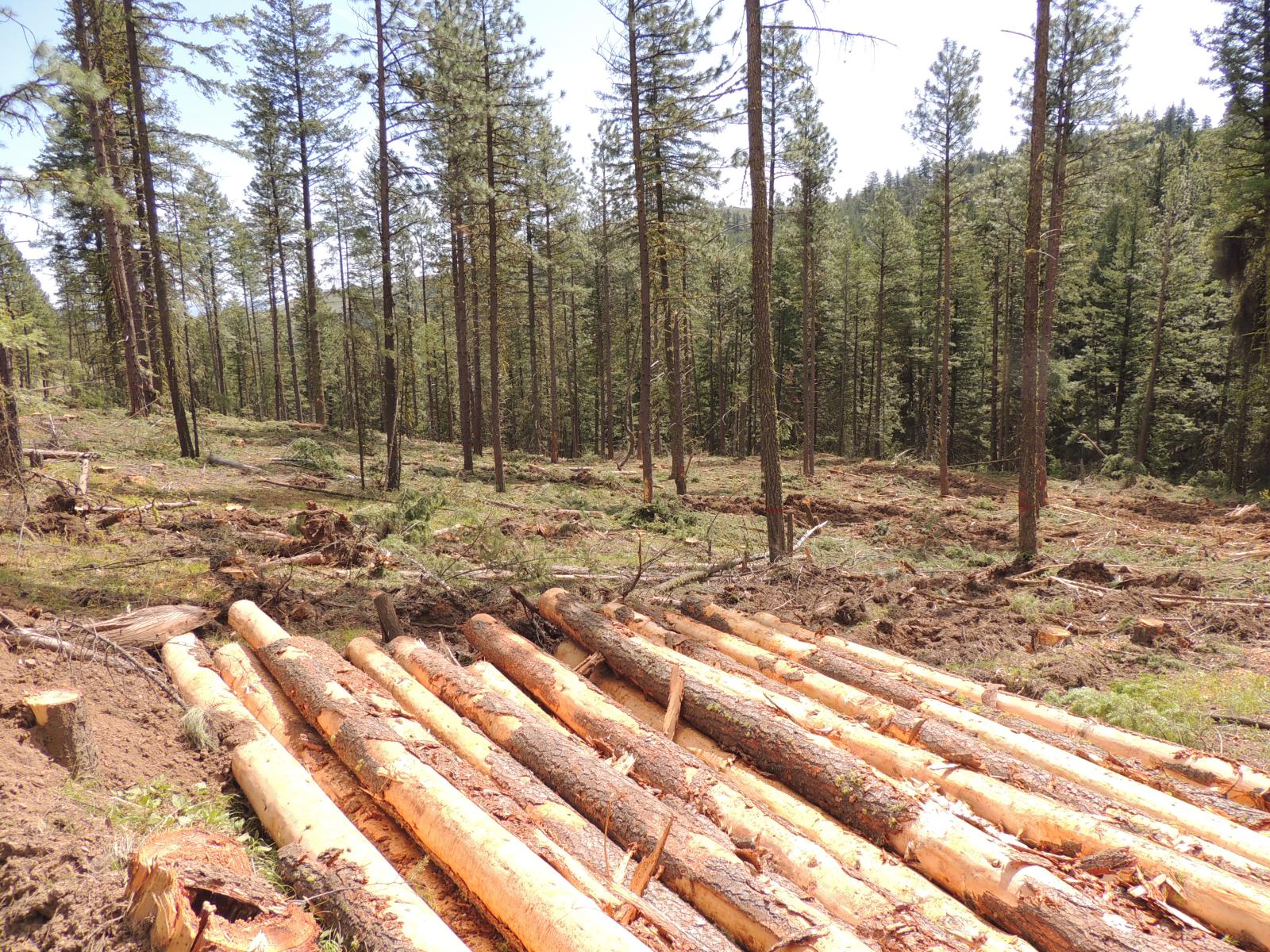ARCHIVED NEWS RELEASE
This document is provided for archival purposes only. Archived documents
do not reflect current WDFW regulations or policy and may contain factual
inaccuracies.
News release June 27, 2023
Media contact: Eryn Couch, 360-890-6604
Update: Firewood permits are no longer available for this area.
OLYMPIA – The Washington Department of Fish and Wildlife (WDFW) announced today that it has firewood permits available for the Colockum Wildlife Area near Wenatchee.
The available firewood is a result of a 900-acre forest health treatment to restore forest health, reduce fuel loads and prevent wildfire, and defend against insect outbreaks in the wildlife area. In line with the Department’s Management Strategy for the Washington State Department of Fish and Wildlife's Forests, the thinning project helped to bring the area back to healthy historical tree densities, from 120 to 140 trees per acre to now about 30 trees per acre.
Interested applicants should complete a firewood permit (PDF) and mail it to the Department’s South Central Region Office:
Attn: Randy Carbary
1701 South 24th Avenue
Yakima, WA 98902-5720
The Department anticipates issuing 30 permits for this first section, with six sections available in future permitting phases across the 900 acres. Permits are available on a first come, first serve basis. Selected permit applicants will have through October 2023 to gather firewood. Reference a map of the section (PDF).
Permittees will be allowed to cut and haul up to five cords of firewood for personal use. Harvesters can cut from slash piles or downed wood. Gathering firewood from standing trees is prohibited. Harvesters should also check for and follow Industrial Fire Precaution Levels prior to operating chainsaws during high fire danger periods. Harvesters also need a Discover Pass or Vehicle Access Pass to park on WDFW-managed lands.
For more information, reference the Colockum Wildlife Area webpage.
Since 2014, WDFW has used a variety of forest management tools to mitigate risks and restore forests to their historic, healthier states. Restored forests decrease severe wildfire risk, improve health and habitat for fish and wildlife species, and protect homes and local communities. Of forest management tools available, the Department focuses mostly on forest thinning, prescribed burning, and creating fuel breaks.
WDFW manages more than a million acres of land and hundreds of water access areas throughout the state. By actively managing lands, restoring habitats, and preserving wild places, the Department serves as stewards for Washington’s natural places, protecting the state’s land and water for its human and wildlife.
